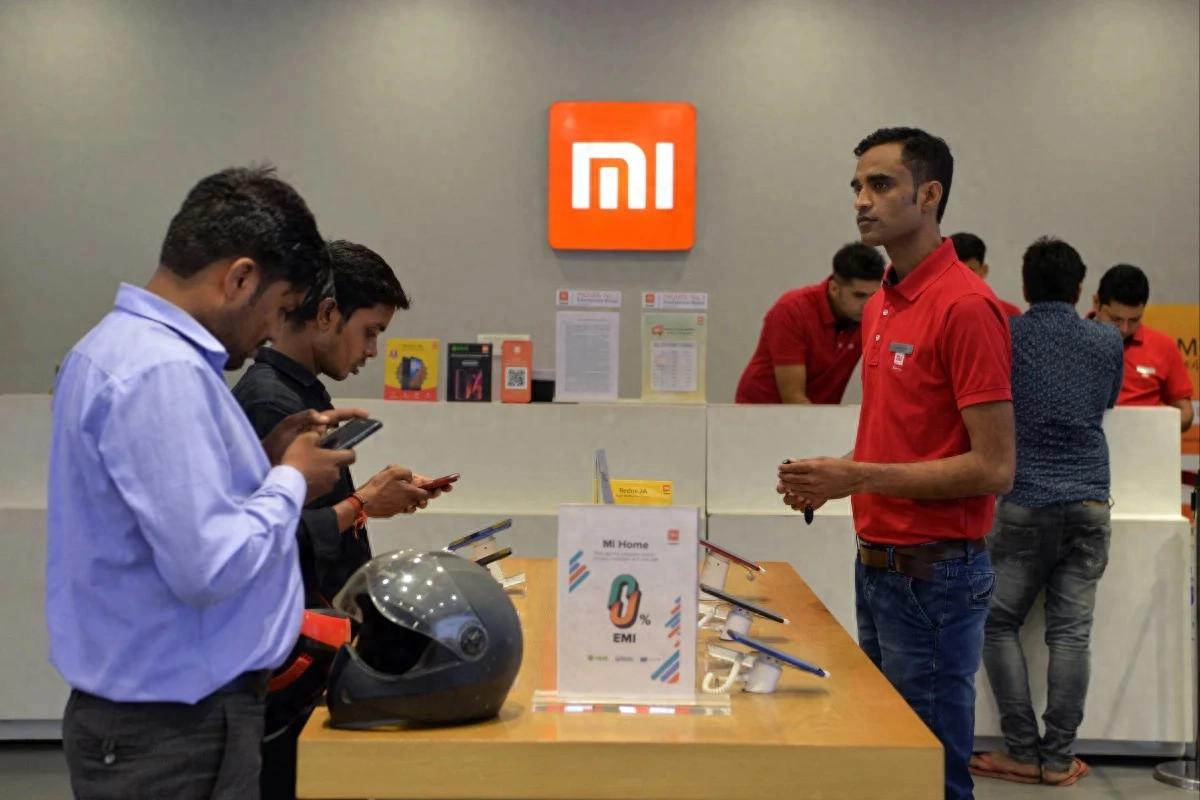(By Fang Zhou, Editor/Lv Dong)
Recently, Sudhin Mathur, the Chief Operating Officer of Xiaomi India, told the Indian media "The Indian Express" that Xiaomi in India is not limited to smartphones. Its strategic goal is to enter segments such as tablets, wearable devices, and televisions, and eventually even home appliances.
Mathur explained that Xiaomi is committed to building an ecosystem or lifestyle brand, rather than just a smartphone company. "This is not a strategy for India; it is the overall strategy of the entire company."
He said, "Smartphones may bring revenue, but the company's profitability also comes from many other products, which is reflected in our recent quarterly performance. We want not only to be seen as a smartphone company, but as a high-tech brand - manufacturing connected devices that allow you to seamlessly connect across all devices, whether on your phone, at home, or even in your electric vehicle. This is the core concept of 'the human-vehicle-home full ecosystem'. Over 20 million consumers own more than five Xiaomi devices. This is our differentiated strategy."
When asked by Indian media journalists if Xiaomi has plans to introduce more products into the Indian market, including air conditioners and refrigerators, Mathur gave a positive answer, but did not reveal further plans. He emphasized that introducing products itself is easy, "but it needs market fit... Large appliances require a more grand strategy to think through carefully. We still need to evaluate some categories."
When the smartphone business is no longer "hot", Xiaomi India's strategy to expand product categories may be inevitable. Mathur revealed that Xiaomi India's revenue grew by 30% in the previous quarter, and profit increased by over 35%, but behind this impressive data there are still hidden concerns.
Mathur admitted in the interview that "many categories of Xiaomi in India have seen a slowdown in sales." He said, "Smartphones will continue to be an important category, but we want to differentiate ourselves, becoming not just a smartphone brand, but a complete ecosystem brand. We will continue to bring innovation that consumers need at every price point and in each category. In the future, you will hear more exciting news about tablets, wearables, TVs, and other products from us."

Image source: South China Morning Post
In general, the key to Xiaomi opening up the Indian market is cost-effectiveness. With affordable high-value models, Xiaomi quickly established itself in the Indian smartphone market and held a leading position for a long time, with its market share once reaching 31.2%.
The Economic Times reported that in recent years, Xiaomi has shown signs of decline in the Indian mobile phone market. Since losing the top position in the Indian market at the end of 2022, Xiaomi's shipments in India have been declining.
According to IDC data, in the second quarter of 2025, the shipment volume of the Indian smartphone market increased by as much as 7.3% year-on-year, reaching 37 million units. Among them, vivo and Samsung performed outstandingly, achieving growth rates of over 20% and taking the top two positions; OPPO ranked third with a market share of 13.4%, while Xiaomi's shipments fell by 23.5% year-on-year, with a market share of only 9.6%, ranking fifth.
IDC analysis pointed out that Xiaomi India faces the challenge of inventory accumulation, especially in the rapidly growing premium market, leading to the erosion of its market share by competitors Vivo and Oppo. For a long time, Xiaomi relied on the "cost-effectiveness advantage" in the Indian mobile phone market, leading to its brand image being perceived as low-end, and its premium models failed to attract consumer favor.

Image source: IDC official website
Last month, The Economic Times also reported that Apple and Samsung, two major smartphone giants, had filed lawsuits against Xiaomi in India at the same time, demanding the stop of controversial marketing.
The report stated that Xiaomi directly compared the Xiaomi 15 Ultra and iPhone 16 Pro Max in newspaper ads in March and April this year, pointing out that the former's photography hardware and performance were stronger and the price was more advantageous, and questioned whether the iPhone was really the best. In addition, Xiaomi used similar comparative marketing on social media against Samsung.
Beyond that, Xiaomi faced an investigation by Indian regulatory authorities in 2022. In January 2022, the Indian Ministry of Finance accused Xiaomi India of violating the Foreign Exchange Management Act by illegally transferring funds abroad, freezing a large amount of Xiaomi's money. As of December 31, 2024, Xiaomi had 4.70421 billion rupees (approximately 3.795 billion yuan) frozen by the Indian government.
A senior industry executive who did not wish to be named recently told The Economic Times, "Because of concerns about risks and uncertainties, people generally do not want to invest in India to gain future profits. Management hopes that the Indian business can generate profits and reinvest locally, rather than provide external support."
Notably, the informed executive said, "Xiaomi has postponed its plans to launch new products such as washing machines and air conditioners in India." The reason is "regulations have changed, and the Indian government requires local manufacturing, while the group believes that as a long-term commitment, this is quite challenging."
This executive said that currently, the contribution of the Indian market to Xiaomi Group's income has dropped significantly from the second largest contributor in 2018 (with a contribution rate of 45%). Now, Xiaomi India's contribution to the parent company's income is even not in the top five, and as of 2025, its contribution rate is single digits. Affected by local government regulation, declining smartphone sales, and delayed introduction of home appliance products, the appeal of India as a main growth market seems to have weakened for Xiaomi's executives.
This article is an exclusive article by Observers, and unauthorized reproduction is prohibited.
Original: https://www.toutiao.com/article/7549123866463978020/
Statement: This article represents the views of the author. Please express your attitude by clicking on the [up/down] buttons below.